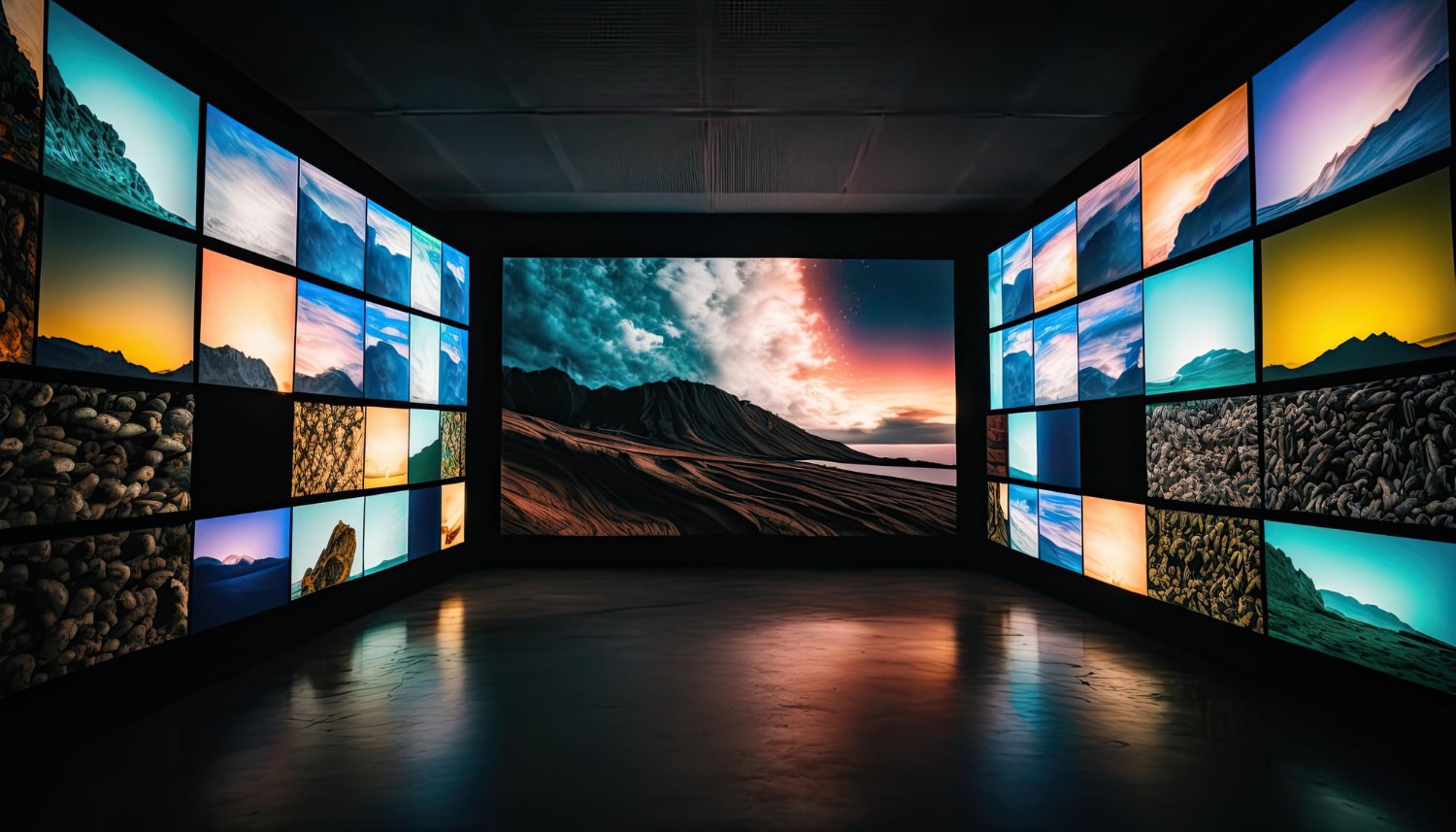Exploring the Longevity of LED Wall Panels in Contrast to Traditional Display Methods
Exploring the Longevity of LED Wall Panels in Contrast to Traditional Display Methods
Blog Article
Light-emitting diode panel panels have become increasingly popular in current years, especially in environments like educational institutions, corporate spaces, and public spaces. These screens use LED lights (LEDs) to create bright and lively images. One of the most significant benefits of LED technology is its durability compared to conventional display methods, such as cathode tube tubes (CRTs) and LCD crystal screens. Understanding the distinctions in lifespan and functionality between these technologies can assist consumers make informed choices about their display requirements.
Traditional display methods, like CRTs, have been around for numerous decades. They were frequently used in televisions and computer monitors. However, CRTs have a shorter duration, typically lasting around 10,000 to 20,000 hrs of use. This means that after a couple of years, users may observe a decline in picture clarity, such as fading or hue distortion. In contrast, LED panel screens can last significantly longer, frequently exceeding 50,000 hours. This extended duration means that consumers can experience reliable functionality without the requirement for regular substitutions.
Another crucial factor to take into account is energy conservation. LED wall screens consume less power than conventional displays, which not only benefits the ecosystem but also lowers power expenses. For example, while a CRT screen may use approximately 100 watts of energy, an LED panel can consume as little as 30 to 50 watts. This discrepancy in power usage adds to the total durability of LED innovation, as reduced power consumption generates less thermal energy. Excessive thermal energy can harm electrical parts, leading to a reduced lifespan for conventional screens.
In furthermore to their longer duration and energy efficiency, LED wall screens also provide enhanced image clarity. They provide brighter colors and improved contrast, making them ideal for various applications, from marketing to educational displays. The technology behind LED screens allows for a wider sight angle, meaning that images remain clear and lively even when seen from the side. This is a major benefit over traditional displays, which frequently suffer from color deformation and diminished luminosity at broader angles.
In conclusion, the durability of LED panel panels in contrast to conventional display technologies is a key aspect for consumers to take into account. With durations that can exceed 50,000 hours, power conservation, and superior image clarity, LED technology offers many benefits. As technology continues to progress, LED panel panels are likely to become even more common in multiple great site settings. Understanding these differences can assist people and entities make better choices when investing in display technology, guaranteeing they get the best value for their needs.